Superior
In the coldest parts of Lake Superior it takes discipline to convince yourself to swim. Just walking out knee deep in that water which looks no cloudier than air, but feels like a vise of cold squeezing at ever pore of your skin, takes concerted effort.
After a few steps your feet are numb. A few more and they begin to hurt. I never made it deep enough dive in at the coldest of the beaches, around Pictured Rocks, instead you lie down quickly, and then jump up, more of a baptism than a swim.
After the gasping subsides, and you climb back out of the water to lie on the warm brown and apricot rocks, the sun slowing draws the blood out of your core and back to the edges of yourself with a prickling, almost painful feeling, like the rock is needling at your skin.
This is the story of Lake Superior: water, rock, weather, and life.
This is of course the story of everywhere as well. The world we experience with our senses is made up of water, rock, weather, life, and the relationships between them. Or, to use more familiar, but perhaps less fashionable terms, Water, Earth, Fire, Air and Spirit.
On the shores of Lake Superior, Water and Earth are the most obvious. Nothing is written here without taking them into account. The shoreline is the story of rock and water moving through time. “The journey of the rock is never ended,” writes poet Lorine Niedecker in a journal kept during a 1966 road trip around Lake Superior. “In every tiny part of any living thing are materials that once were rock that turned to soil,” she reminds us. “Your teeth and bones were once coral.”
Niedecker does something here that few have done in recent times — she makes us part of the story. Because we are part of the story, and have always been part of the story. Especially here. The “environmental” historian1 William Cronon writes of what he calls “historical wilderness,”2 an effort to remember that no matter what our ideologies and beliefs may claim, we are nature. Nature is not something outside of us and to pretend otherwise is to sell yourself a pack of lies that will leave you very confused about your place in the world.
We have always been part of the story, the question is how are we part of the story?
As California is slowly starting to realize, John Muir’s vision of untrammeled wilderness has always been about personal ideology more than anything else — Man as the special snowflake that lies outside nature, though in this case the snowflake ruins everything. The problem with that vision is that it’s demonstrably wrong. Muir’s beloved Yosemite Valley was the beautiful vast meadow he writes about because the people who lived in it used controlled burns to keep it that way. It was a garden because they made it a garden. Muir and his ilk kicked those people out, put fences around the trees and now wonder why it all burns down.
Here on the shores of Superior humans have been part of the story for longer than anyone can remember, which helps stop ideologies that espouse otherwise. Once this was the land of the people we call Sioux, who were driven out by the Ojibwe, who in turn were driven out by European settlers, who in turn will be driven out by someone. We’re all temporary.
Right now though, this moment in history, is a good one for Superior. Somewhere in the elaborate dance between people and place that’s been happening here for thousands of years is a feeling that’s difficult to pin down, but is clear when you experience it.
Lake Superior is one of those places where we immediately felt at home. The landscape, the forests, the water, the towns, everything up here feels welcoming and, for lack of the better word, good. In the 1960s, when it was still widely acknowledged that there were human experiences that did not fit into the world as defined by modern industrial society, people called this the “vibe” of a place (or person, or thing).
The more closely you examine this feeling, the more complex the experience of it becomes. For those of us passing through it often feels more like a color or hue that seems to hand over the place. And Lake Superior is a place of many hues, literally and figuratively. Its water alone can be twenty different shades of blue and green in a single day.
The notion that Lake Superior has a single vibe to it is of course a simplification. It has many shores, many faces, many vibes. It’s also a place of moods that can turn on a dime. Sometimes it’s warm and humid and icy waters are a relief, but then ten minutes later you might find the sky shrouded in clouds that bring near darkness and leave you shivering in the wind.
Part of Lake Superior’s charm is that it has somehow escaped the “progress” of the world since about the early 1980s. Don’t get me wrong, I think humans are part of the story, but lately I think we’ve been doing a really bad job of writing it. Curiously though, much of the crap that’s come to infest our lives in the past few decades hasn’t come here.
It’s not just that there’s no Starbucks, no strip malls, almost no chain companies at all, though for the most part there are not, it’s more that it has somehow retained that previous world, carried it through the recent past and left it alone. Old metal playgrounds abound, the family-owned single story motel still provides 99 percent of the lodging, supermarkets are usually locally owned, co-ops are common, and even elements of far older eras persist, like the supper clubs that still seem to function. Houses remain simple, small and cozy, the McMansions found in most other parts of the country simply aren’t here.
It’s a place that seem to have recognized the difference between genuine human progress and technological advancement for its own sake and opted to stick with the former. Like the denizens of the Lake Superior region, I don’t think we’ve seen much of real progress in technology since about 19783 and even that would be pushing it. I can make a strong case for the early 1940s being the peak of human technological advancement, but I won’t bore you with it.
We would probably have lingered in the Lake Superior area longer, but unlike last year’s completely open-ended travels, this year we have an appointment to keep. We must be in Dallas by September 26th and we needed to pass through South Dakota on our way. Eventually we packed it up, took a last look at Lake Superior as we drove down the Minnesota coast, and then headed west, away from the water, the forest, the rock, the water, the weather and the life of Lake Superior.
-
Environmental historian is an interesting term, it implies, correctly I’d argue, that our conception of history is so woefully incompletely we neglect to even include the environment in our reckoning of it. It’s no wonder we completely fail to understand the past in any meaningful way — we can’t even construct a reasonably complete story of it. ↩
-
Cronon, William. “The Riddle of the Apostle Islands: How do you manage a wilderness full of human stories?” Orion May-June 2003: 36-42 ↩
-
But what about the internet? I give it a maybe. Future generations can decide that one. ↩
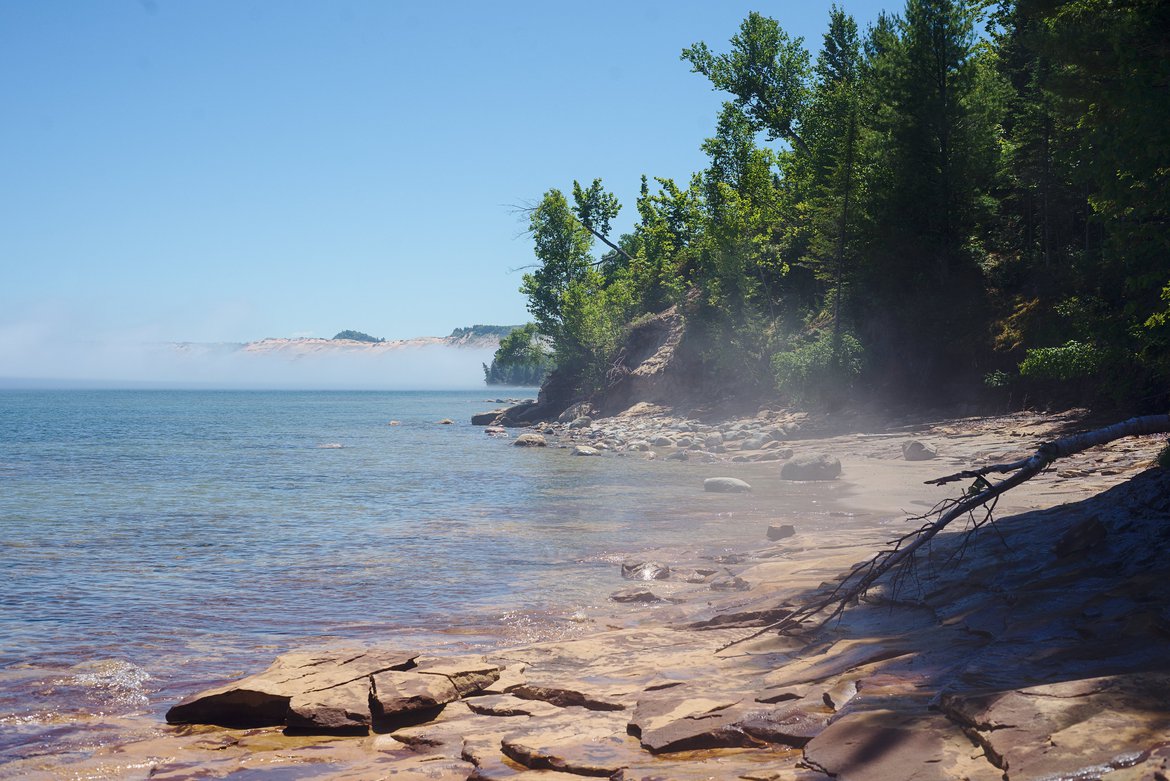
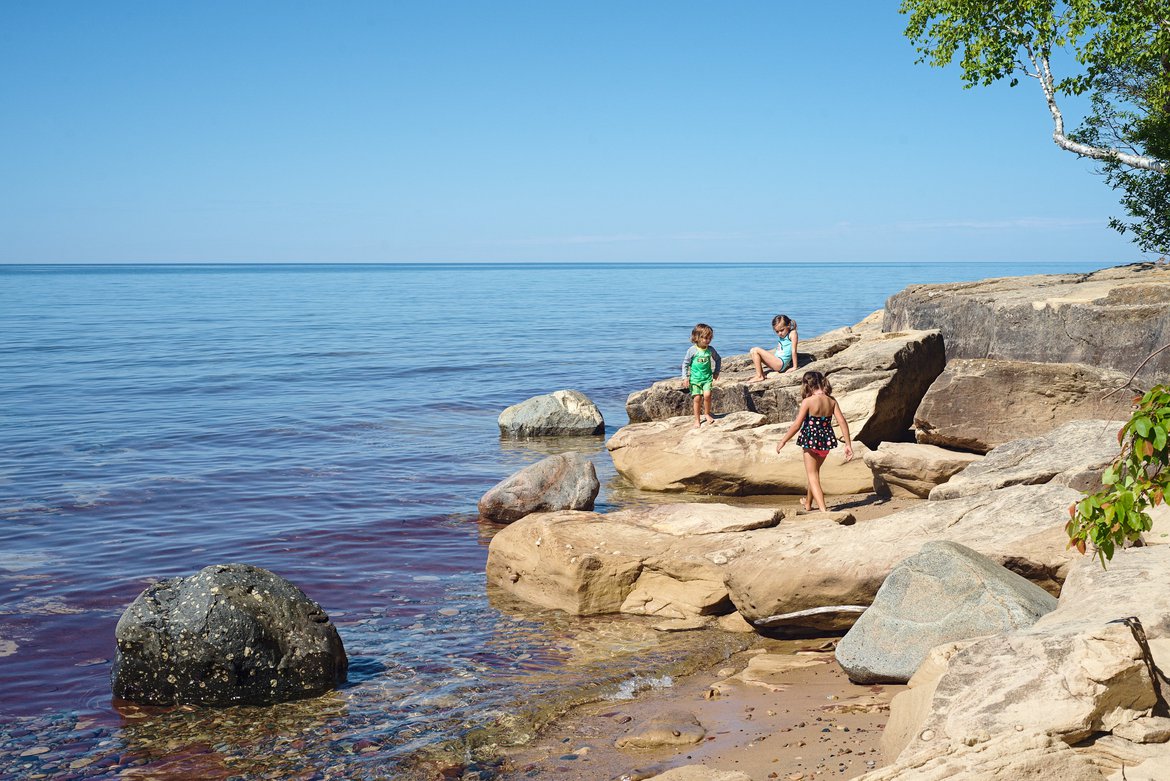
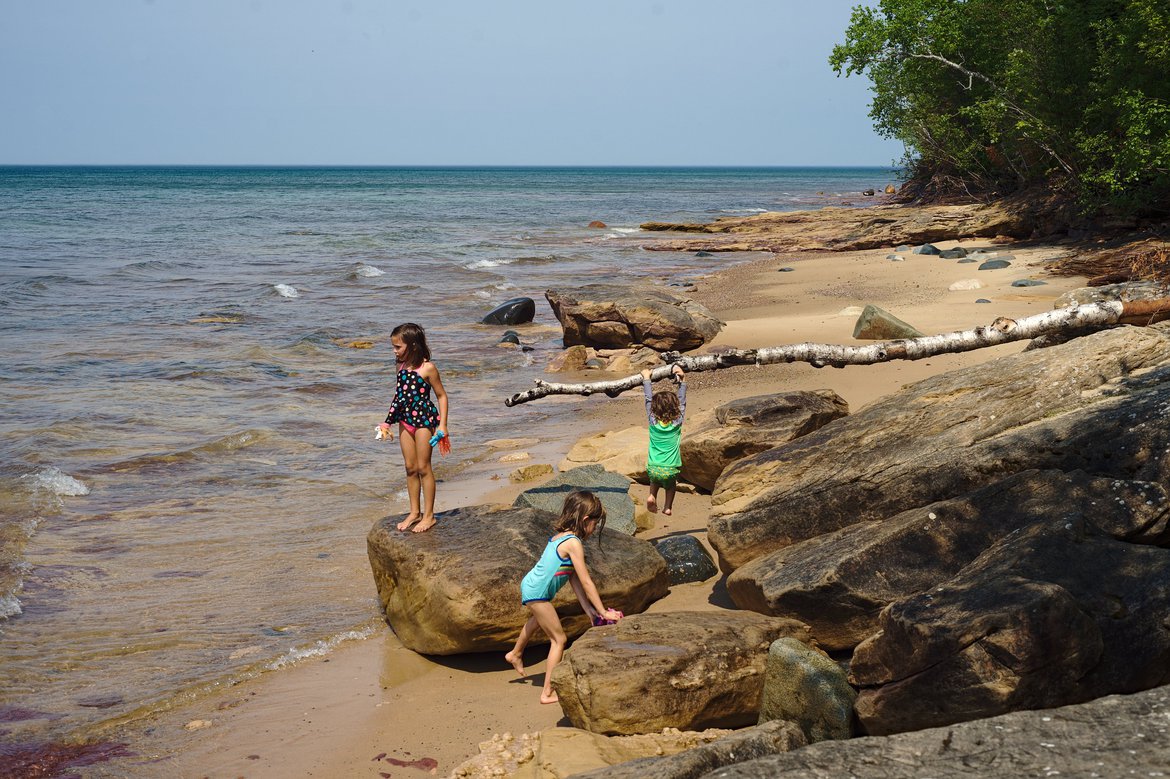


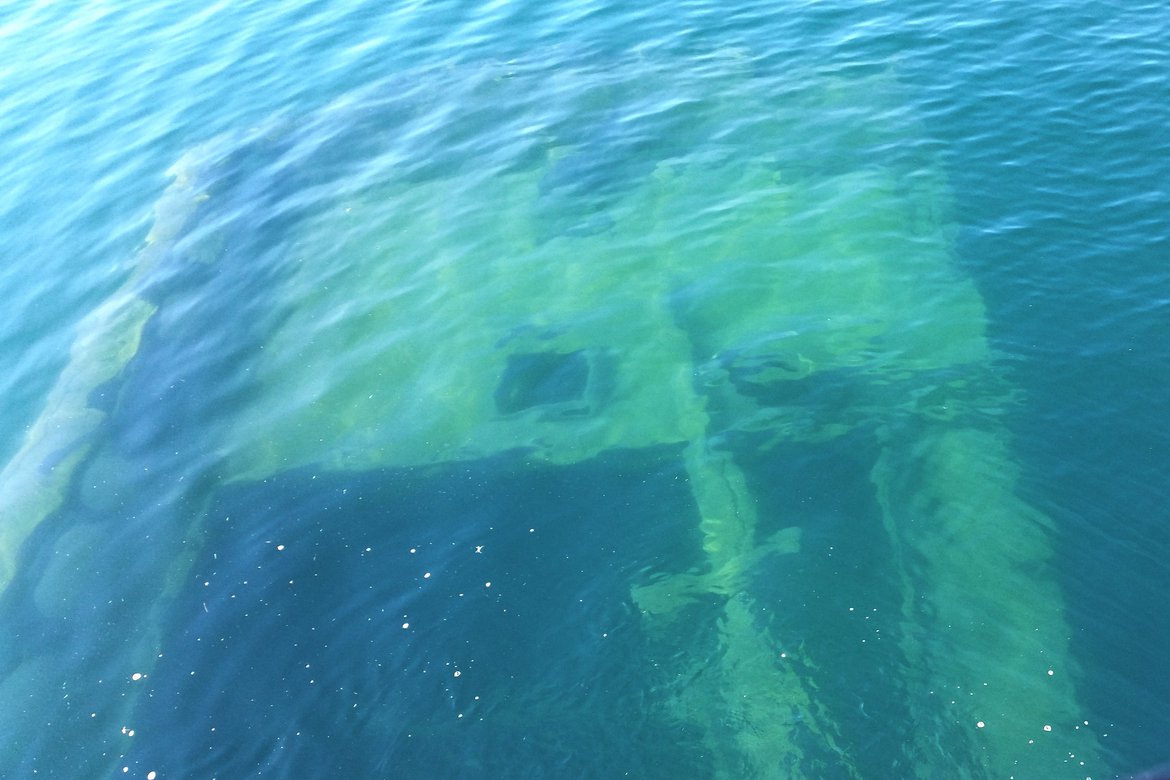
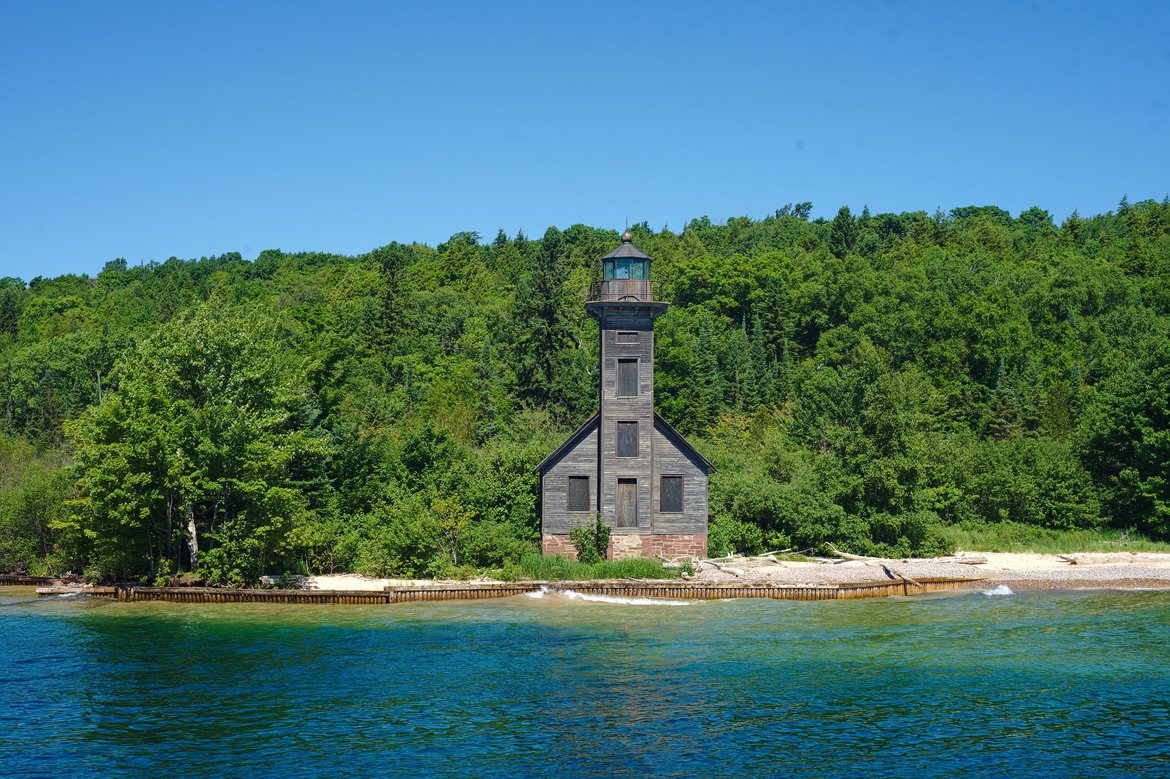



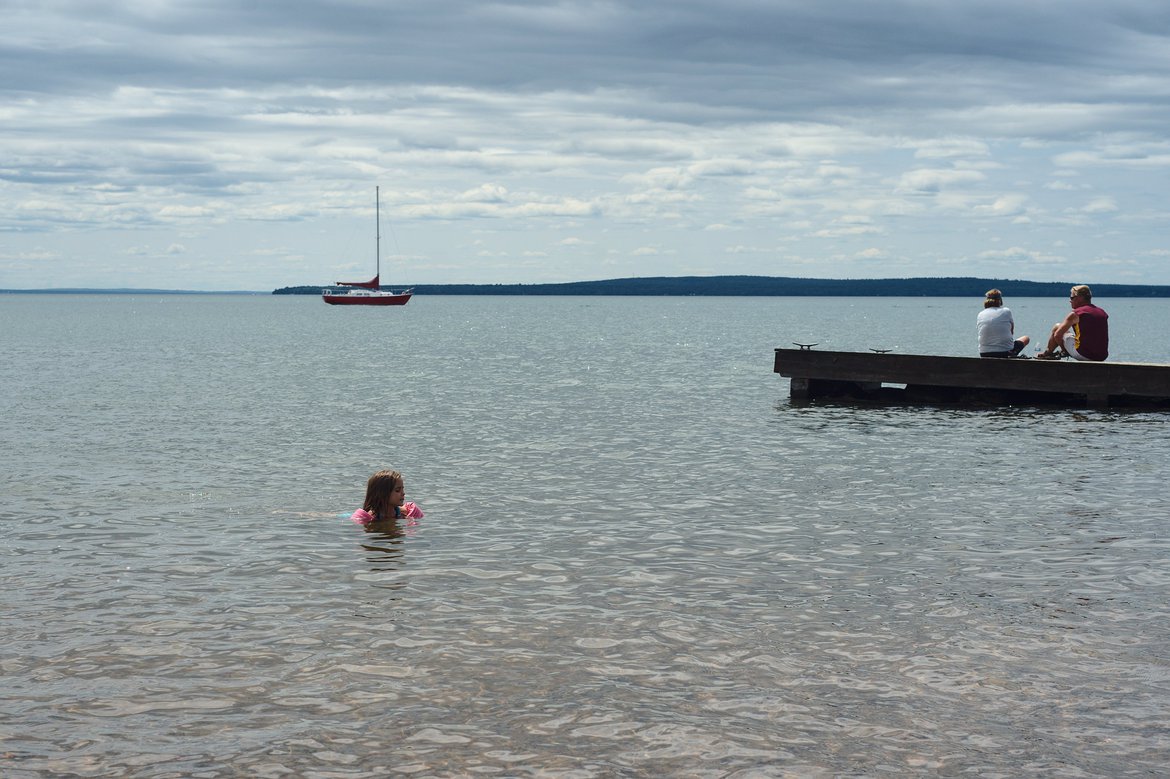
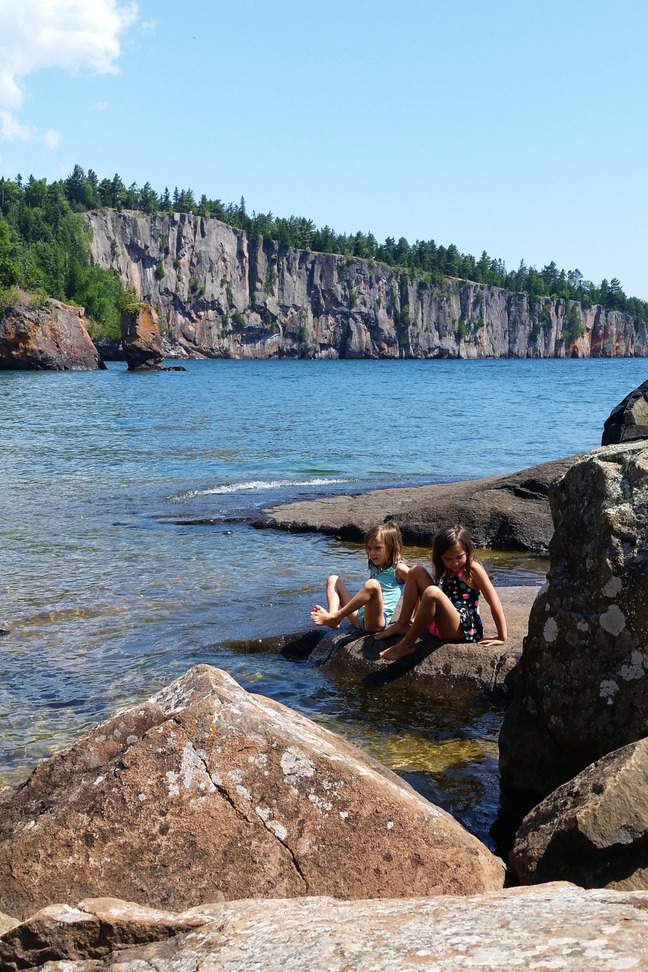
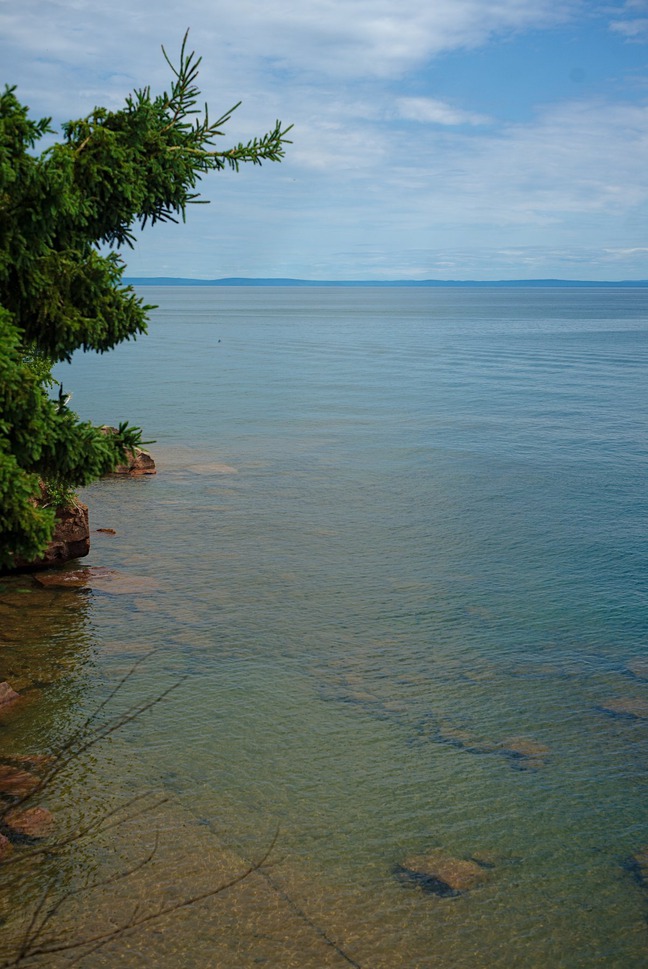
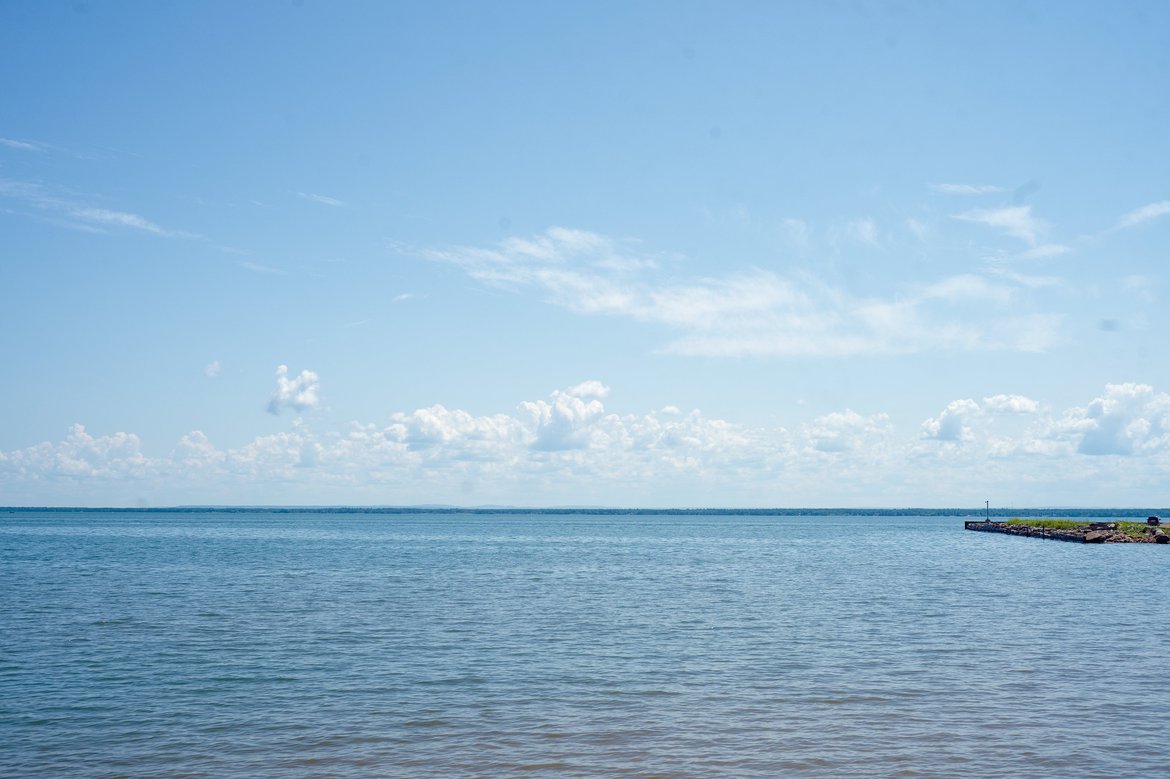
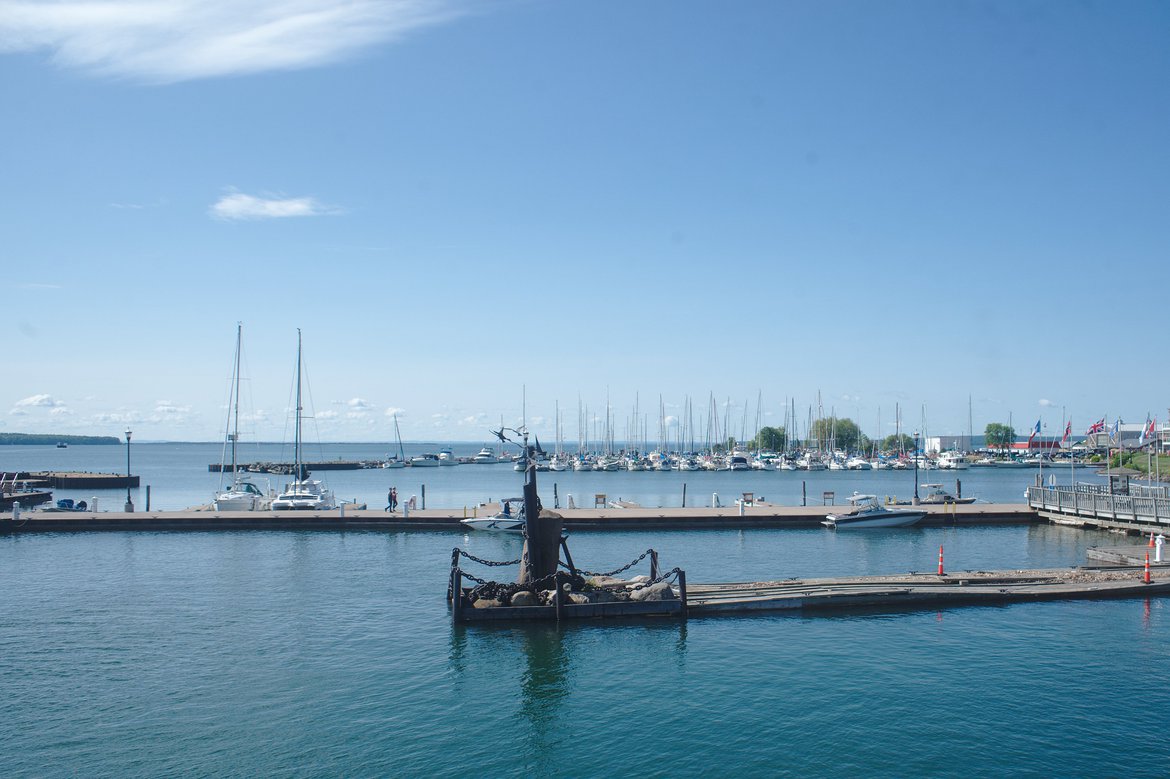
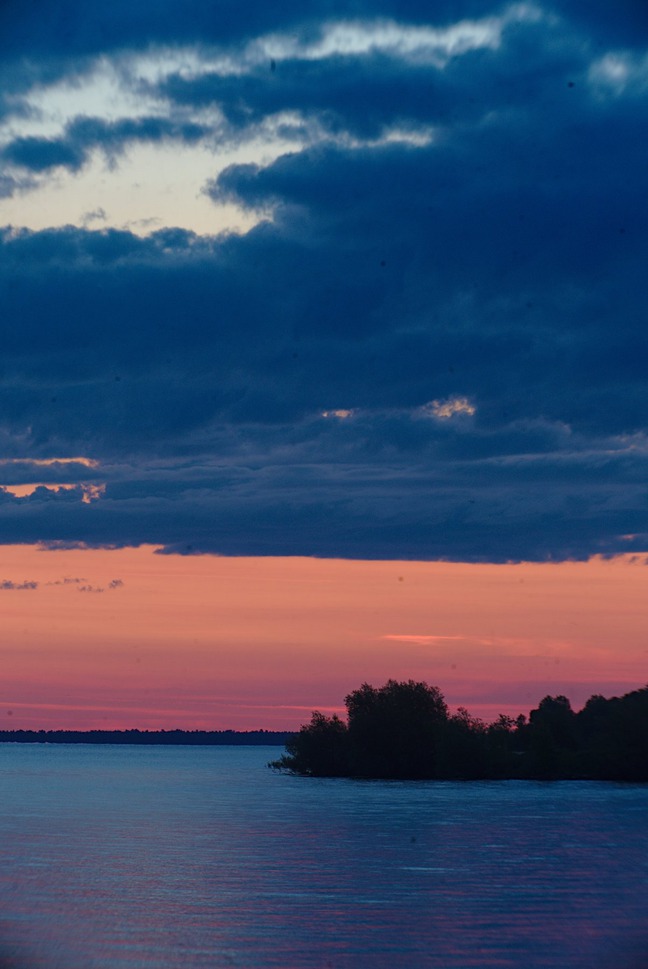
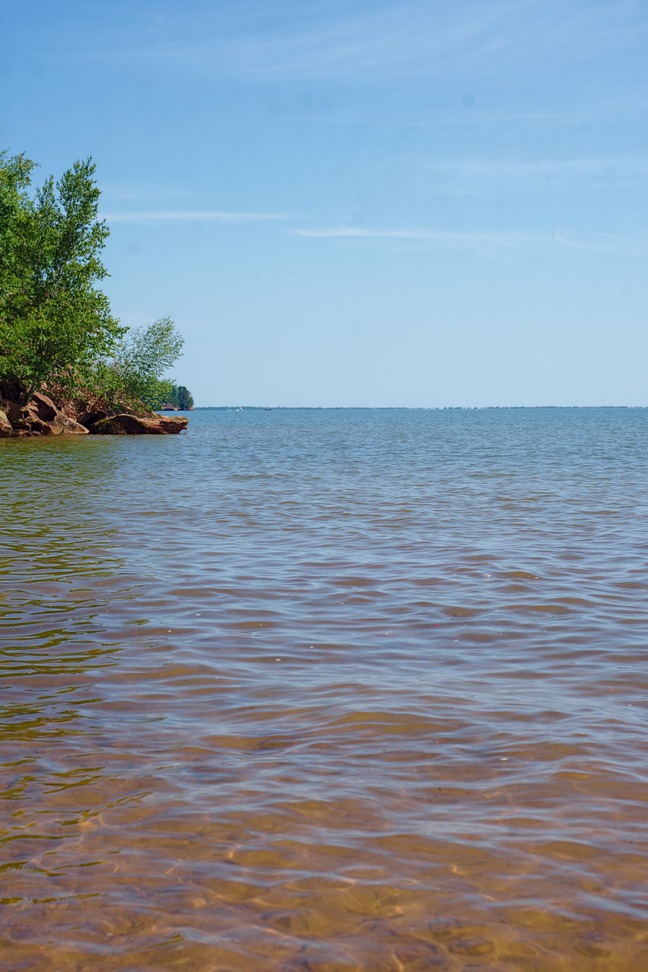

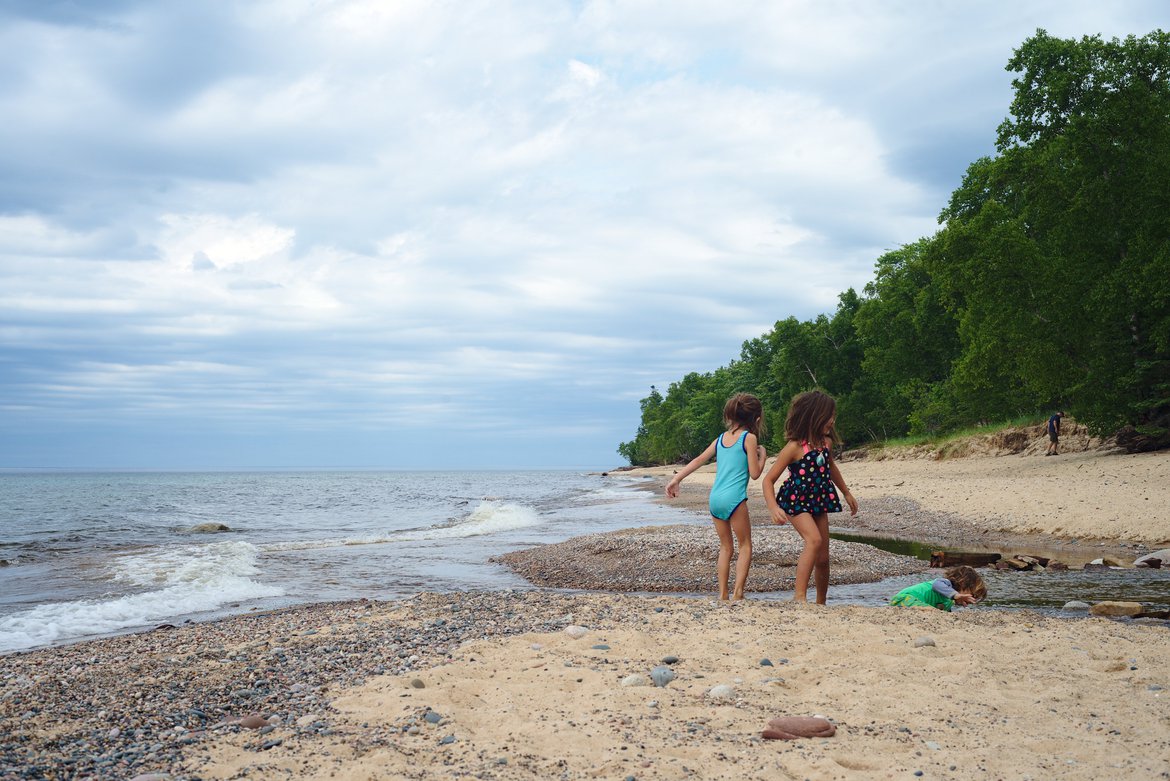

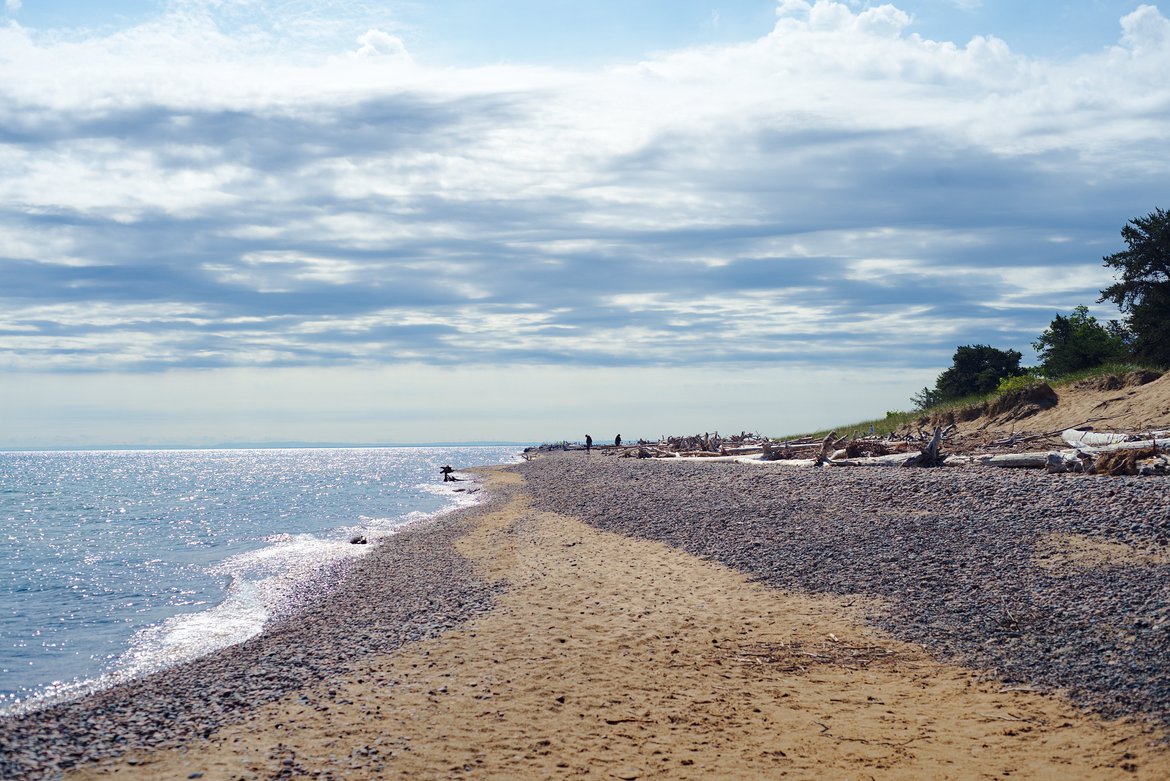
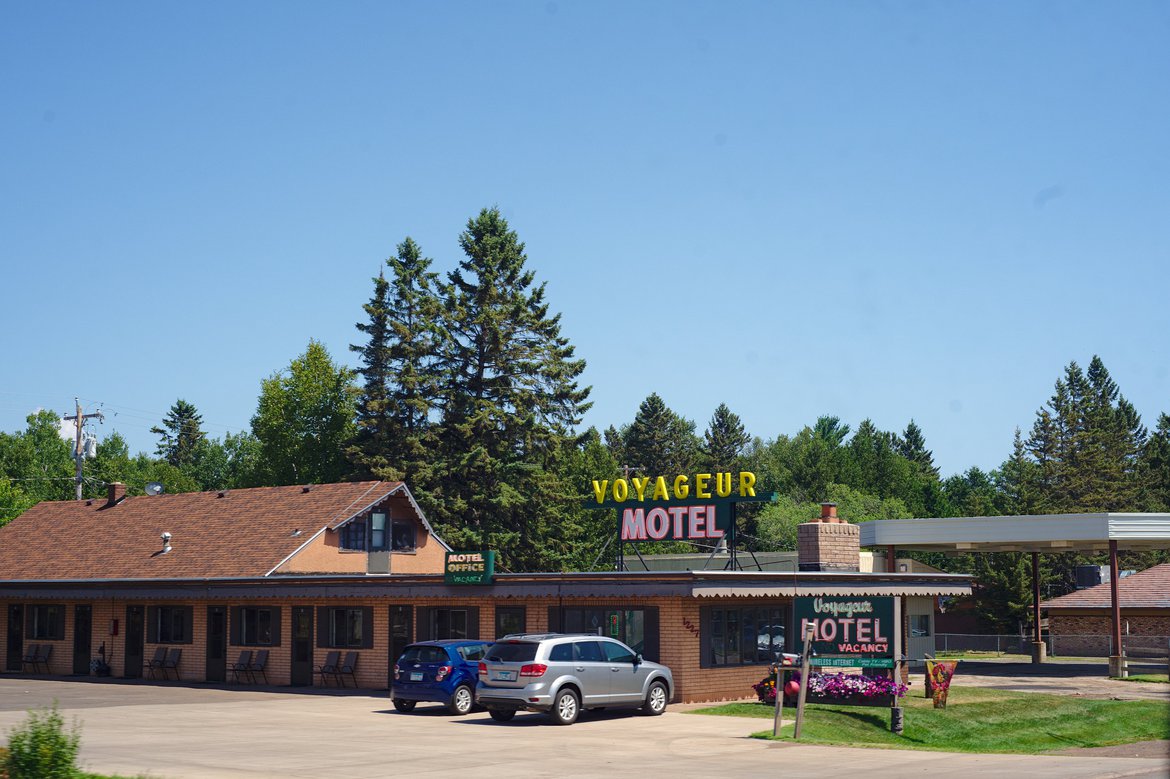
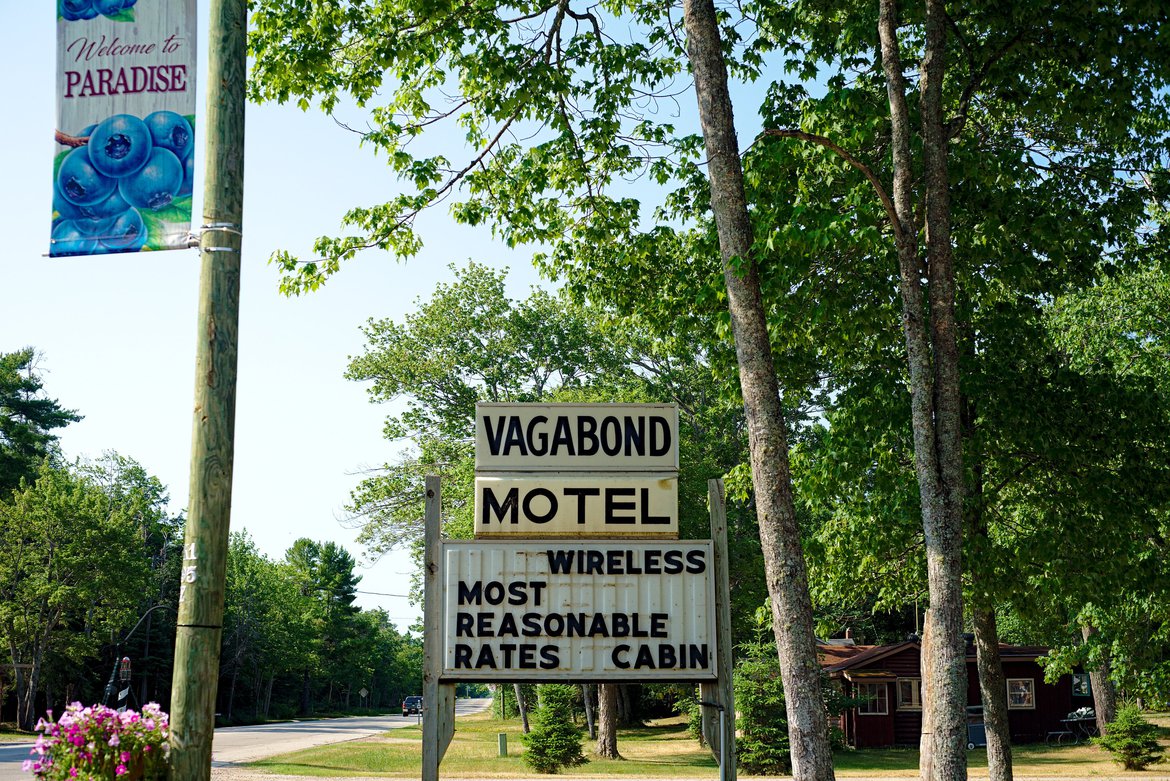
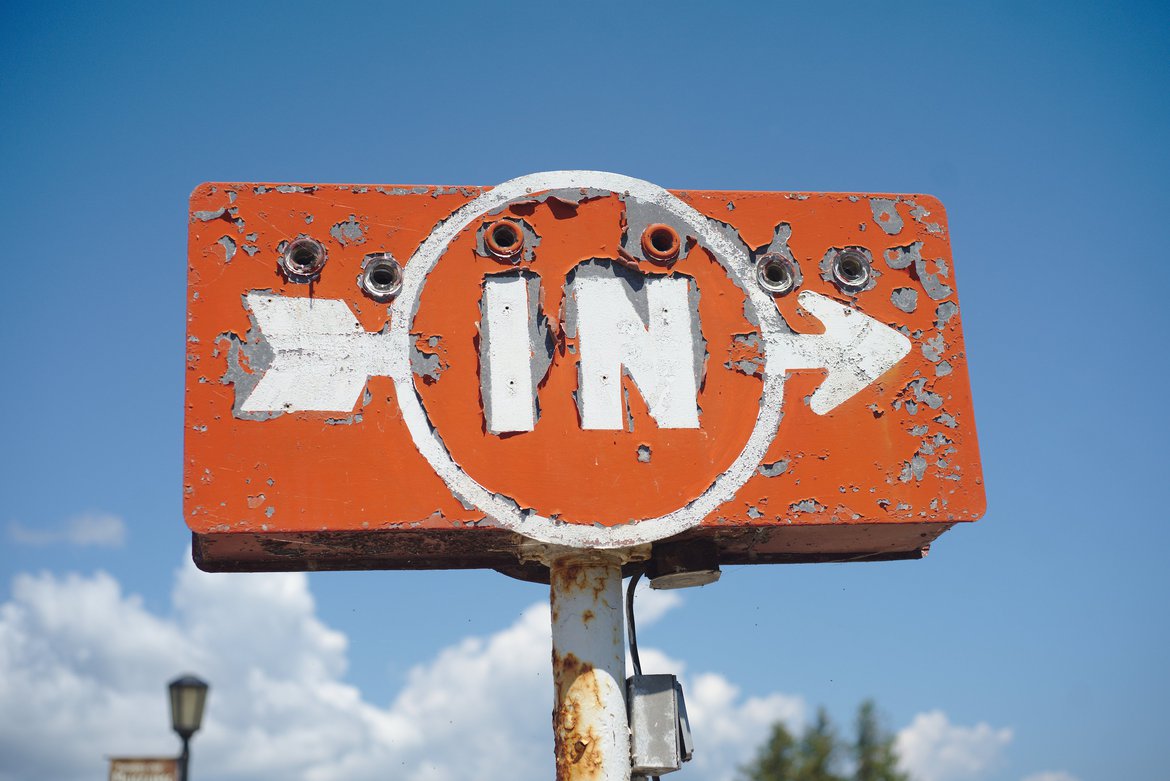
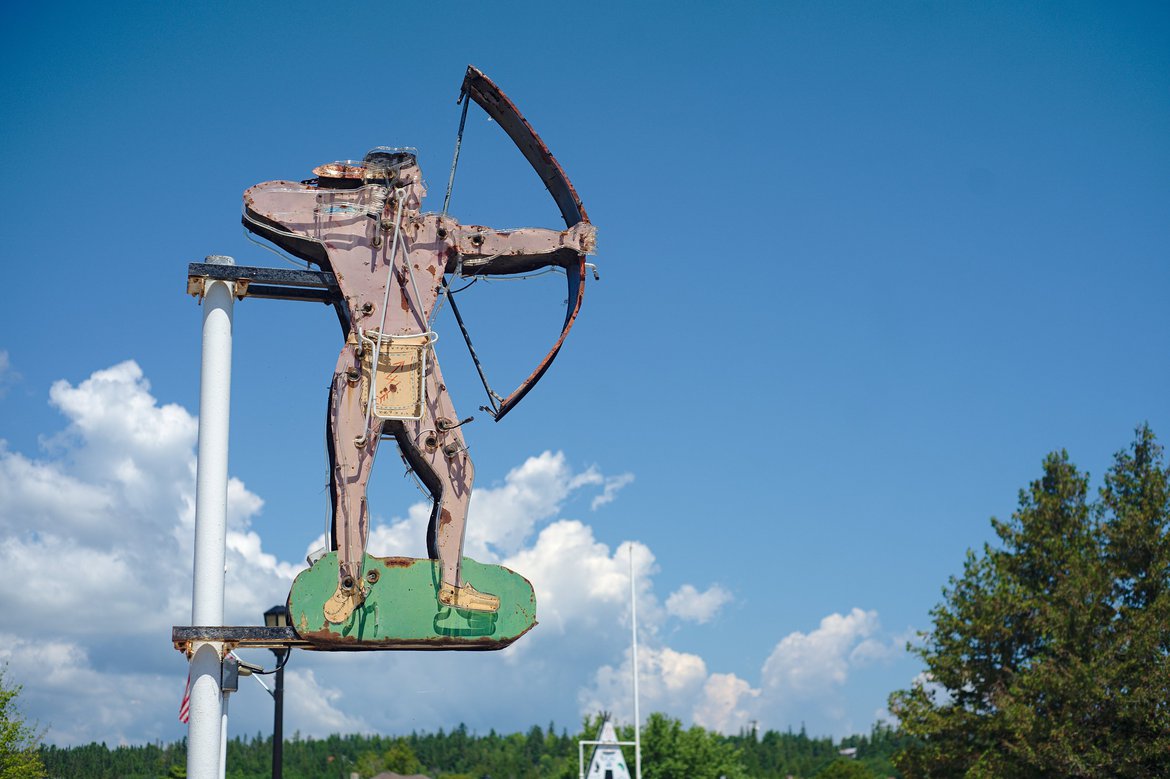
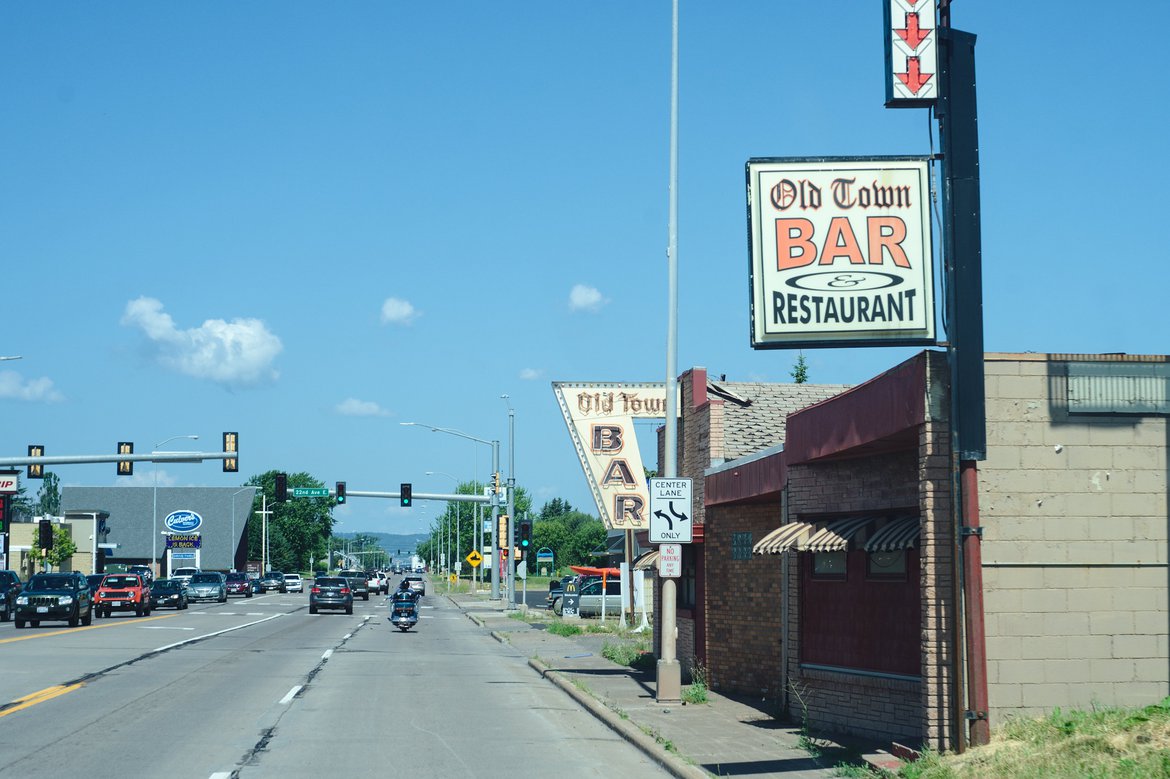
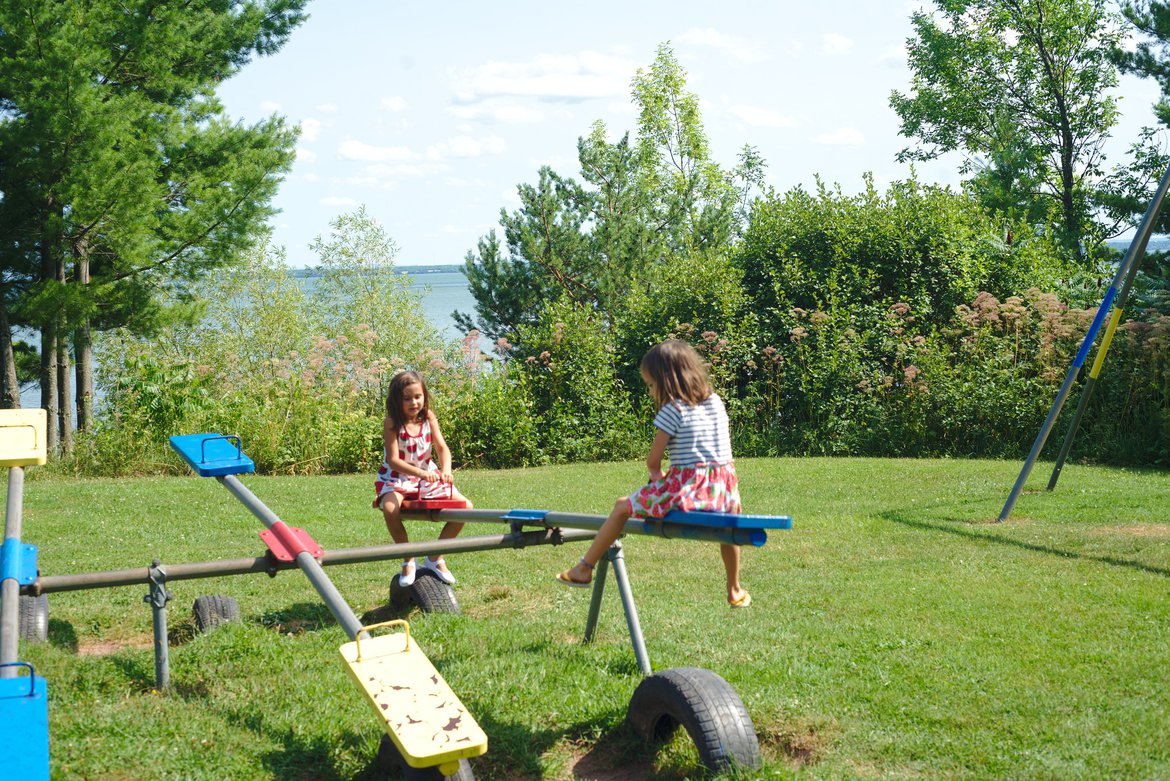
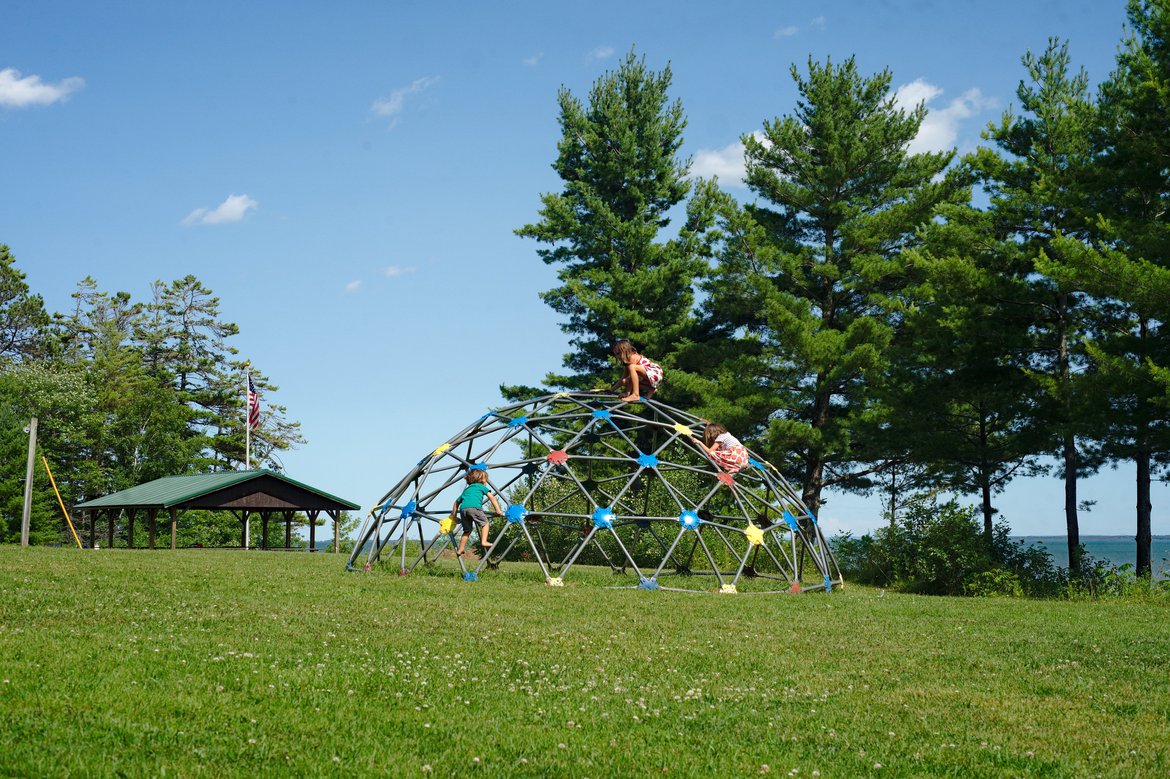
“Go’en Up Nort”. That’s what a native Minnesotan calls their trip from the Twin Cities to Superior.
Glad you enjoyed your time up here and a soon to be congrats on your shiny new SD residency?
What do you mean by “the world as defined by modern industrial society”
classic_liberal-
We did, we loved it. In 50-100 years, when the winters aren’t so bad, I’d move up there. :)
And yes, we did get SD licenses, almost a month ago now, but I look so old apparently that no one has asked for it yet.
jonathan-
That is a bit vague isn’t it? I mean the fairly narrowly defined world of scientific materialism and the general idea that everything is progressing toward something. I have nothing against scientific materialism though, it’s very good at what it defines. What I reject is its premise that that’s all there is in the world.
And I very much have a problem with the belief that time is somehow the inevitable march of progress. That’s superstitious hogwash that’s based on poorly understood notions of evolution and is demonstrably false.